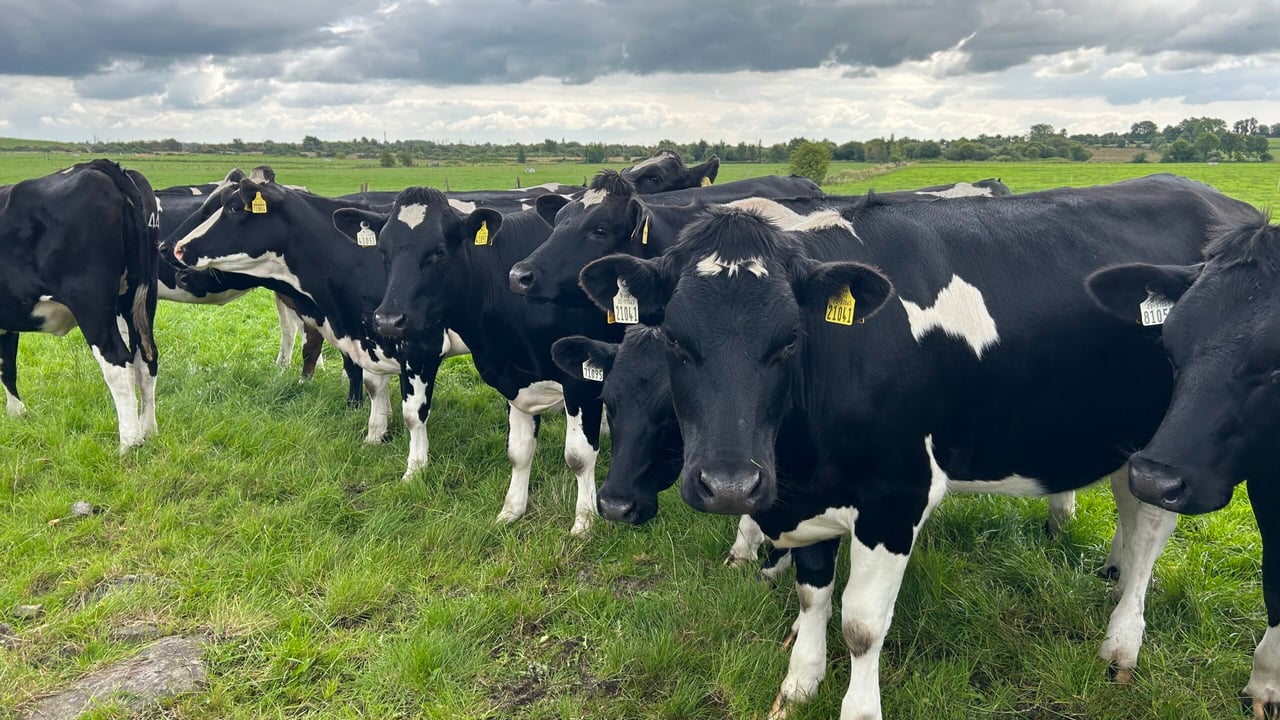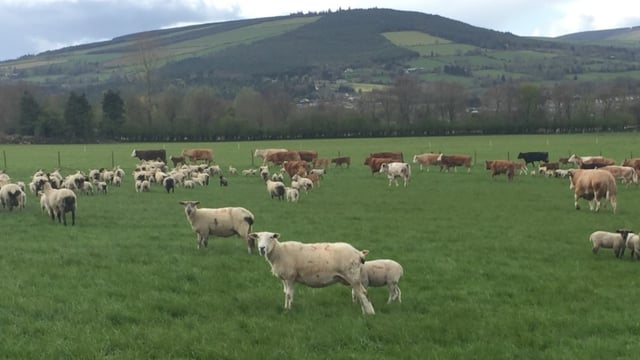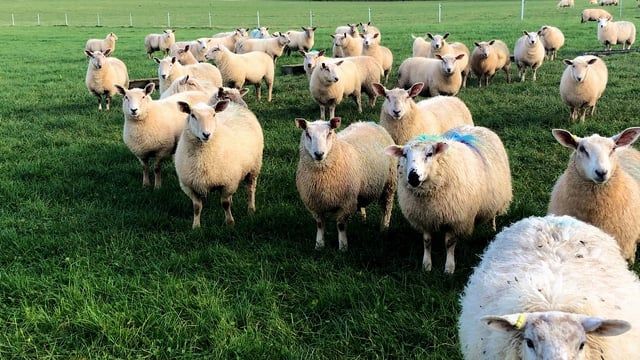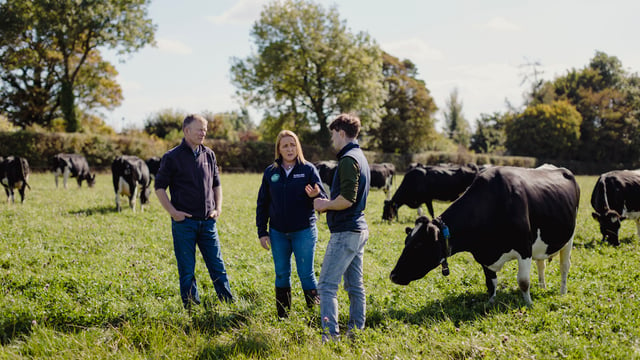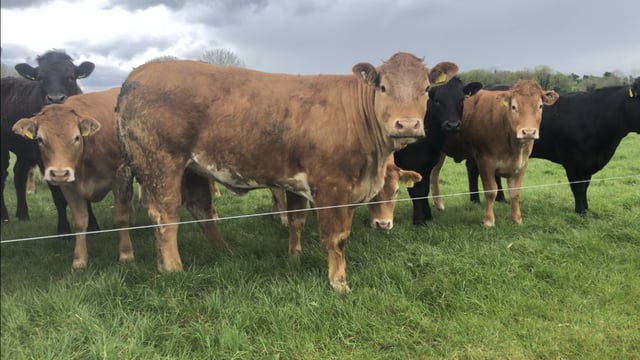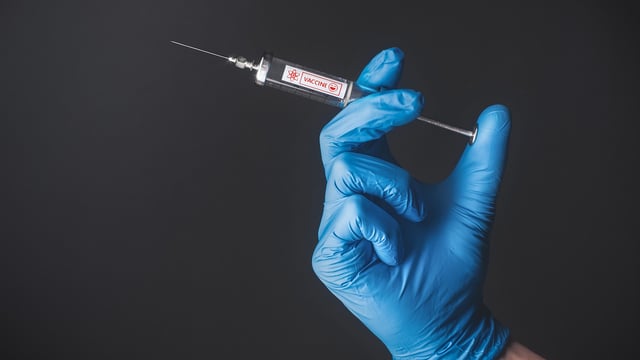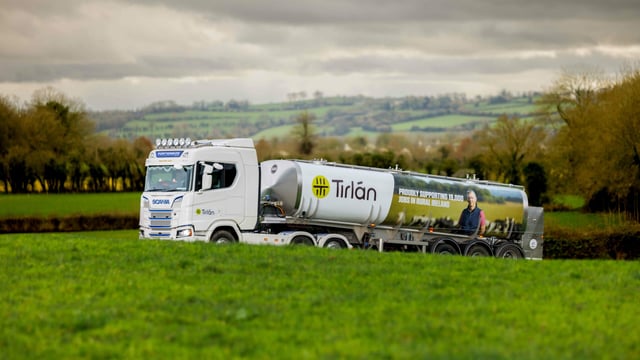Breeding: How many sexed semen straws are needed?
There are still plenty of cows across the country that have yet to calve down, especially with the later start of calving for some, however, breeding season is getting closer and cows need to be picked for breeding replacements and matched with quality bulls.
Farmers need to remember that choosing the right cow is crucial, as she will be responsible for half of the genetic potential of an animal.
There should be a major focus placed on maiden heifers, as they are most likely going to be the high genetic merit stock, while you should also be aware of how many cows and straws will be needed to get the number of replacements needed for the farm.
A milk recording should be carried out in the coming days or weeks as farmers should have an understanding of what needs to be improved in the herd and what cows have the potential to make those improvements.
Breeding
Many farmers place a heavy emphasis on improving milk solids, which is important as that's what we get paid for, but there may have been a disappointing empty rate in the previous year and fertility may have to be improved.
Having good fertility in the herd will drive milk solid production. The sooner cows goes in calf, the sooner they calve down and start milking and, in addition, the more days in milk mean more solids per cow.
The liveweight of your cow may have gone too high or too low, which can be addressed by focusing on maintenance figures. TB could be a problem in your area which may require a more TB resistant cow to be bred.
The same bull is not going to suit every system and the formation of your team of bulls should be well thought out and matched accordingly to suitable cows.
The highest Economic Breeding Index (EBI) bulls are not necessarily going to suit every farm or system and not every cow is going to be suited to breed your replacement heifers. As such, milk recordings should be used to rank the most suitable cows for dairy AI.
The report generated, depending on the amount of information it is fed, will show a full herd comparison which considers production costs, dry periods, and month of calving, which will then highlight the best cows.
Straws
In the last couple of years, through the use of sexed semen farmers have only been breeding the number of replacement heifers that they need to reduce costs and reduce stocking rates.
However, there are still a number of farmers that carry surplus heifers on farms which leads to increased rearing costs, so how many should you be carrying to ensure you reach your replacement rate target?
The target replacement rate is 18-20% to ensure genetic gain year-on-year and allowing for losses up to breeding, carrying a 22-23% of the herd in heifers is a more appropriate target.
If you take a 100-cow herd that uses solely dairy sexed semen, aiming to have 22 dairy heifers born, they will need the following amount of sexed semen straws:
- 18 replacement heifers bred will produce 10 dairy heifer calves (18 heifers x 60% conception rate x 90% female);
- 27-30 sexed dairy straws will need to be used on the cows to produce the additional 12 dairy heifers required (12 calves required x 50% conception rate x 90% female).
This scenario is only reflective for farmers who are carrying out synchronisation programmes or are carrying out artificial insemination (AI) twice a day.
Where this is not being carried out, farmers should select a larger number of cows to have available for breeding replacements, as many cows will not be at the appropriate time of their heat, in which sexed semen should not be used.

